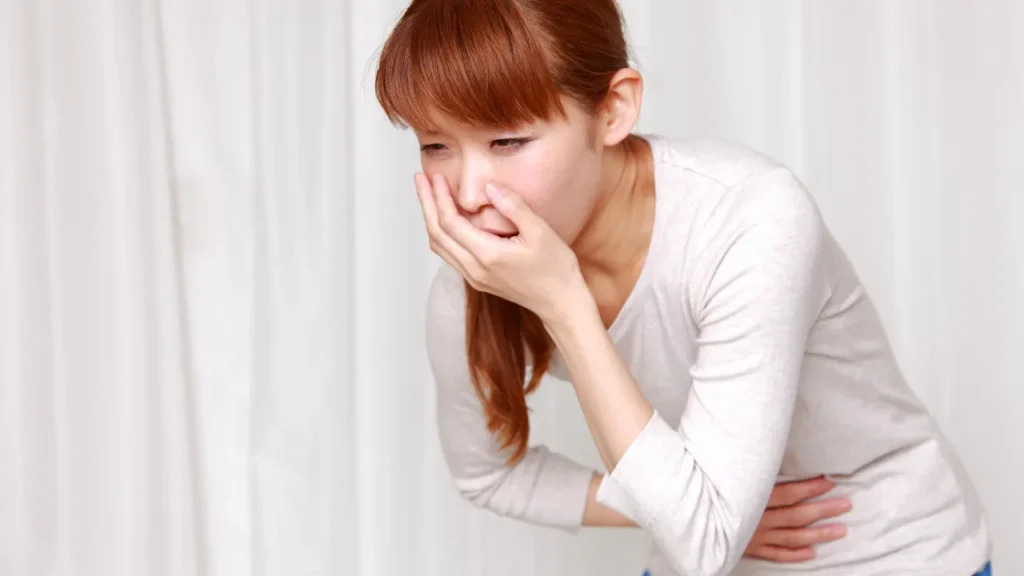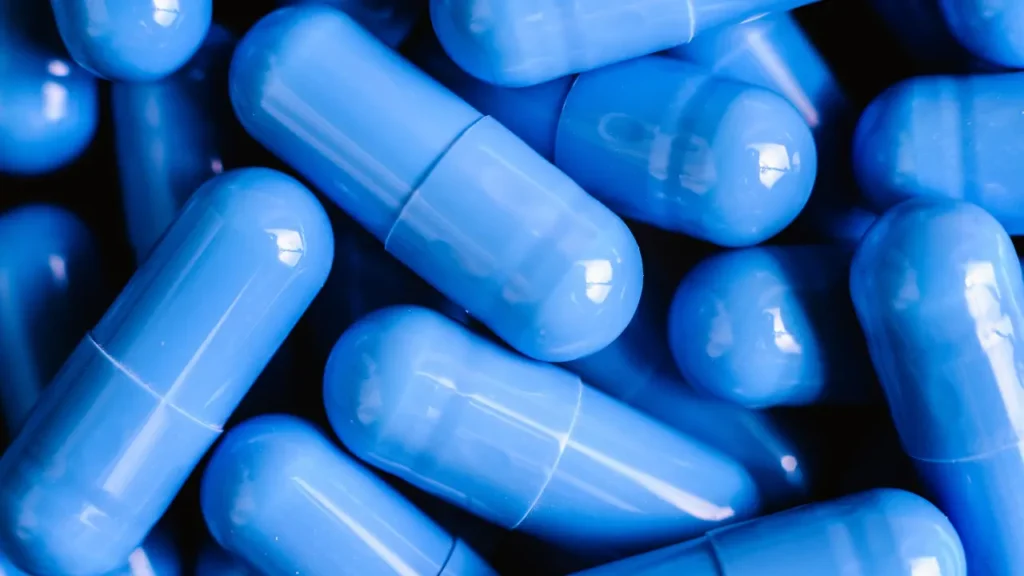Alpine Lady’s Mantle (Alchemilla alpina) is a Rosacea family perennial herb native to hilly parts of Europe and Asia. Because of its numerous health benefits, this plant has been used in folk medicine for millennia. Alpine Lady’s Mantle leaves are high in phytochemicals such as flavonoids, tannins, and salicylic acid derivatives, which contribute to the plant’s various biological effects. The purpose of this study is to give a thorough examination of the nature, health benefits, appropriate dosage, side effects, potential substance interactions, and safe usage of Alpine Lady’s Mantle as a nutritional supplement.
You May Also Like:
Five Great Reasons to Try a Nootropic Mushroom Supplement
5 Things to Consider When Choosing the Best Mushrooms for Mental Health
ALPINE LADY’S MANTLE: Benefits, Dosage, Side Effects, Drug Interactions, and Other Important Information is an original (NootropicsPlanet) article.
Nature of Alpine Lady’s Mantle
Alpine Lady’s Mantle is a tiny perennial herb with fan-shaped, lobed leaves covered in fine hairs that give the plant a velvety touch. During the summer, the plant grows to a height of 10-20 cm and produces yellow-green blooms in loose clusters. The leaves’ unusual shape allows them to gather dewdrops, which has long attracted onlookers and given origin to the plant’s name, which relates to the Virgin Mary’s mantle.
Health Benefits of Alpine Lady’s Mantle
Alpine Lady’s Mantle’s rich phytochemistry underpins its multiple health advantages, which include:
- Antioxidant and anti-inflammatory characteristics: Alpine Lady’s Mantle contains flavonoids and tannins, which contribute to its antioxidant and anti-inflammatory activities. These chemicals can neutralize free radicals, reduce oxidative stress, and modify inflammatory pathways, potentially aiding in the prevention and management of chronic inflammatory disorders such as arthritis, asthma, and inflammatory bowel disease.
- Wound healing and tissue repair: The astringent tannins in Alpine Lady’s Mantle stimulate wound healing by contracting and tightening tissues. Furthermore, the anti-inflammatory properties of flavonoids and salicylic acid derivatives may aid in wound healing by lowering inflammation and pain.
- Menstruation and reproductive health: Due to its uterotonic and hemostatic characteristics, Alpine Lady’s Mantle has traditionally been used to treat menstruation issues such as heavy or irregular periods. The elements of the plant can alter the hormonal balance, increase uterine contractions, and reduce menstrual flow, providing relief to menstrual discomfort.
- Gastrointestinal health: Alpine Lady’s Mantle’s astringent and anti-inflammatory properties may aid gastrointestinal health by reducing symptoms of gastrointestinal illnesses such as diarrhea, gastritis, and peptic ulcers.

Chemistry of Alpine Lady’s Mantle
Alpine Lady’s Mantle’s rich phytochemical makeup is responsible for its wide range of health benefits. The plant’s principal bioactive components are:
- Flavonoids: Polyphenolic substances with antioxidant, anti-inflammatory, and antiviral activities, such as quercetin and kaempferol. They operate as free radical scavengers, lowering oxidative stress and protecting cells.
- Tannins are complex polyphenols that have astringent effects. They have the ability to form complexes with proteins and other macromolecules, which aid in wound healing and anti-inflammatory actions.
- Salicylic acid derivatives: Alpine Lady’s Mantle contains salicylic acid derivatives, which resemble aspirin in structure. These substances are anti-inflammatory and analgesic.
Physiological Mechanisms of Action of Alpine Lady’s Mantle
The bioactive chemicals in Alpine Lady’s Mantle work through a variety of physiological mechanisms:
- Antioxidant and anti-inflammatory properties: Flavonoids are powerful antioxidants that scavenge free radicals and reduce oxidative damage. They also suppress the production of pro-inflammatory mediators such as cyclooxygenase (COX) and lipoxygenase (LOX) enzymes, as well as the expression of nuclear factor-kappa B (NF-B), a crucial transcription factor involved in the regulation of inflammation.
- Tissue repair and wound healing: Tannins in Alpine Lady’s Mantle stimulate wound healing by creating complexes with proteins, causing tissue contraction and tightness. This astringent activity, when paired with the anti-inflammatory properties of flavonoids and salicylic acid derivatives, aids in wound healing by lowering inflammation and pain.
- Reproductive and menstrual health: As mentioned, Alpine Lady’s Mantle’s uterotonic and hemostatic characteristics can alter the hormonal balance and trigger uterine contractions. The components of the plant may interact with estrogen receptors, affecting hormonal balance and lowering menstrual bleeding.


Optimal Dosage of Alpine Lady’s Mantle
The recommended dosage of Alpine Lady’s Mantle as a dietary supplement varies depending on the individual’s age, weight, and health conditions. However, according to standard guidelines, an adult can ingest 2-4 gm of dried Alpine Lady’s Mantle leaves each day, soaked in hot water to produce tea. Alternatively, standardized extracts and tinctures can be utilized, with 20-40 drops of tincture or 300-600 mg of extract given up to three times a day. Before beginning any supplementation, people with pre-existing medical issues or those taking prescription drugs should contact a healthcare provider.
Side Effects of Alpine Lady’s Mantle
Alpine Lady’s Mantle is generally thought to be safe when used properly and according to the suggested dosage limits. However, some people may develop side effects such as gastrointestinal distress, nausea, and diarrhea, especially if they take too much of the supplement. Alpine Lady’s Mantle is also not suggested for pregnant women because of its uterotonic characteristics, which may stimulate contractions and increase the risk of miscarriage or early labor. Breastfeeding women should use caution and contact a healthcare practitioner before taking this supplement.


Potential Substance Interactions with Alpine Lady’s Mantle
Due to a lack of research, the potential drug interactions of Alpine Lady’s Mantle are not well-documented. However, due to its pharmacological qualities, the following interactions should be taken into account:
- Anticoagulant and antiplatelet drugs: Alpine Lady’s Mantle contains salicylic acid derivatives, which can enhance the effects of anticoagulant and antiplatelet medications like warfarin, aspirin, or clopidogrel. This interaction may increase the likelihood of bleeding and the user should be constantly monitored by a healthcare practitioner while taking the course of supplemental ideas.
- Blood pressure drugs: The vasodilatory and diuretic actions of Alpine Lady’s Mantle flavonoids may interact with blood pressure medications such as ACE inhibitors, beta-blockers, and calcium channel blockers. This interaction may have cumulative effects on blood pressure management, necessitating dose changes or close supervision by a healthcare practitioner.
- Hormonal drugs: Because of their ability to influence hormonal balance, Alpine Lady’s Mantle may interfere with hormonal medications such as contraception or hormone replacement therapy. Before using Alpine Lady’s Mantle with these drugs, consult your doctor.
Best Responsible Uses of Alpine Lady’s Mantle as a Nutritional Supplement
Consider the following tips to ensure the safe and appropriate use of Alpine Lady’s Mantle as a nutritional supplement:
- Before beginning supplementation, consult with a healthcare provider, especially if you have pre-existing medical issues, are pregnant or breastfeeding, or are using prescription drugs.
- Follow the prescribed dosage guidelines and prevent overdosing.
- Select high-quality, standardized extracts or tinctures to ensure consistency and efficacy, and buy from recognized manufacturers who adhere to good manufacturing practices (GMP).
- Keep a close eye out for potential side effects or interactions, and stop using immediately if any side effects are noticed.
ALPINE LADY’S MANTLE:
Conclusion
Alpine Lady’s Mantle has been gaining attention due to its numerous health benefits. This plant is high in phytochemicals such as flavonoids, tannins, salicylic acid derivatives, etc. These bioactive substances help in delivering anti-inflammatory, antioxidant, better wound healing process, and menstruation relief. If you are planning to take Alpine Lady’s Mantle as a routine supplement, be sure to check with your personal doctor if you are a suitable candidate. This is because the optimal dosage of these supplements varies with the user and their specific needs. Aside, some people may be allergic to this supplement or have some negative reactions when the supplement reacts with their existing medication.


References:
- Essential Oil Composition of Alchemilla Alpina L. Em. Buser from Western Alpine Pastures. Retrieved from: https://pfaf.org/User/Plant.aspx?LatinName=Alchemilla+alpina#:~:text=The%20plant%20is%20rich%20in,pregnancy%5B4%2C%20244%5D.
- The Evolution of Dwarf Shrubs in Alpine Environments: A Case Study of Alchemilla in Africa. Retrieved from: https://www.tandfonline.com/doi/abs/10.1080/10412905.2008.9700084
- Overview of Alpine Lady’s Mantle (Alchemilla Alpina). Retrieved from: https://www.ncbi.nlm.nih.gov/pmc/articles/PMC4701153/
Important Note: The information contained in this article is for general informational purposes only, and should not be construed as health or medical advice, nor is it intended to diagnose, prevent, treat, or cure any disease or health condition. Before embarking on any diet, fitness regimen, or program of nutritional supplementation, it is advisable to consult your healthcare professional in order to determine its safety and probable efficacy in terms of your individual state of health.
Regarding Nutritional Supplements Or Other Non-Prescription Health Products: If any nutritional supplements or other non-prescription health products are mentioned in the foregoing article, any claims or statements made about them have not been evaluated by the U.S. Food and Drug Administration, and such nutritional supplements or other health products are not intended to diagnose, treat, cure, or prevent any disease.
